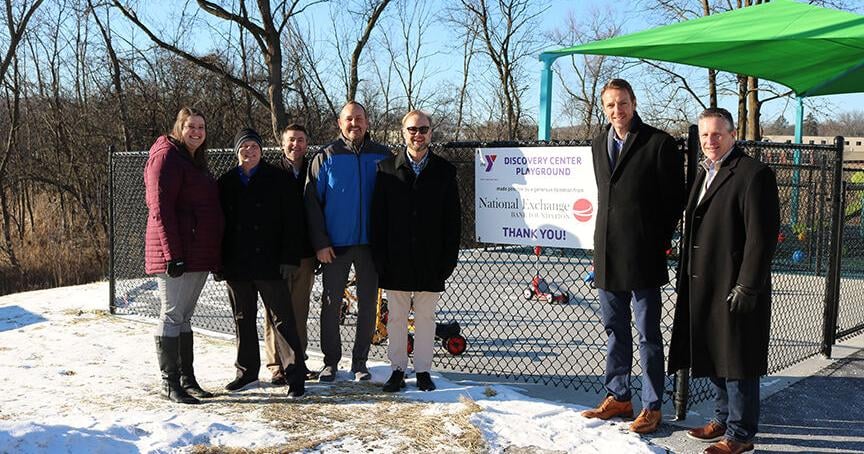Marijuana Use Linked to Poorer Academic Performance in Adolescents

The Hidden Academic Costs of Teen Marijuana Use: What Recent Data Reveals
As attitudes toward marijuana continue to evolve in society, particularly regarding its legalization for recreational and medicinal purposes, new research sheds light on a troubling consequence of increased usage, especially among adolescents. A sweeping study examining the habits of nearly 440,000 teenagers has brought to light a stark correlation between marijuana consumption and declining academic performance.
The Shocking Findings: Academic Performance on the Decline
At the forefront of this research is a clear message: teen marijuana use is linked to higher rates of school absenteeism and noticeably lower grades. The study reveals that the young minds of today may be facing new challenges that previous generations didn’t encounter, particularly due to the evolving nature of cannabis itself. Today’s marijuana is not only more potent than it was in decades past but is also more accessible to young people, increasing the likelihood of adverse effects on their educational journey.
Academic performance can often dictate future opportunities for young adults, affecting college admissions, scholarship eligibility, and even career paths. When students miss school frequently and struggle with their grades, they may unwittingly set themselves on a path that limits their potential.
Context of Today’s Marijuana Landscape
It’s important to consider just how much has changed in terms of cannabis availability and potency over the years. A perfect storm of legalization, changing societal norms, and an increase in publicly available information about marijuana has led to a surge in its use among teens. The THC levels in today’s marijuana products—be it flowers, edibles, or concentrates—are significantly stronger than what was common in the 1970s and 1980s. Furthermore, teens often lack an understanding of these differences, which can lead to misuse or overconsumption.
While some proponents of cannabis argue for its therapeutic benefits—and indeed, studies have shown that marijuana can aid in certain medical conditions—these advantages must be weighed against the potential harms, especially for a developing brain.
The Social and Educational Implications
The implications of this study can’t be overstated. As more youths turn to marijuana, educators and parents must grapple with the broader social impact. Schools could face increasing challenges in managing attendance and supporting students who may be underperforming due to substance use.
Efforts to educate students about the risks associated with marijuana use must also evolve. Traditional anti-drug campaigns may not resonate with today’s youth, requiring innovative approaches that consider the cultural context. Initiatives could include interactive workshops, peer-led discussions, and comprehensive drug education tailored to highlight the specific risks associated with current marijuana strains and methods of consumption.
Future Research and Public Policy
In light of these findings, there is a pressing need for further research to fully understand the long-term academic and cognitive effects of marijuana on young people. Public policy must adapt to address this issue adequately, with stakeholders including parents, schools, and mental health professionals collaborating to develop effective prevention and education strategies.
Furthermore, as legalization spreads across North America, there is an opportunity to shape a framework that not only legalizes cannabis but also places significant emphasis on youth safety and education. Public health campaigns could focus on informing both parents and teens about the realities of marijuana use—detailing not just potential benefits, but also the associated risks, particularly during crucial developmental years.
Navigating a Changing Landscape
As we navigate this evolving landscape, it’s clear that vigilance and education must remain at the forefront. With marijuana becoming increasingly normalized, understanding the consequences of use—especially among adolescents—becomes all the more critical. Adults in positions of influence must empower young people with knowledge and resources to make informed decisions, ensuring that the well-being of the next generation remains a primary concern.
In summary, while marijuana may be embraced by many in society, its impact on our youth cannot be overlooked. As data continues to reveal alarming patterns, we must engage in open discussions about societal responsibilities, informed choices, and the implications for our educational systems. The focus should be on fostering an environment where young people can thrive academically while making educated decisions about substances in their lives.





